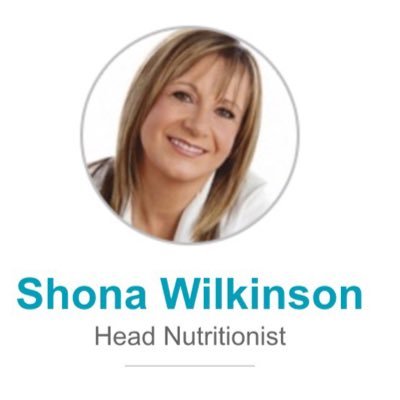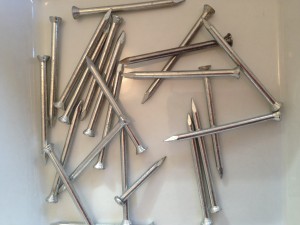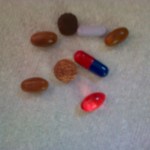Watch our video featuring nutritionist Shona Wilkinson for helpful tips and advice on how you can maintain a healthy weight in 2016
Many of us think that we are taking the right steps in being healthy, which means it can be frustrating when we are not feeling as energetic and happy as we would like. There are many factors that you may not even think about, such as stress, which can lead our bodies to release glucose to the blood stream quickly, which usually gets converted into energy and with many of us living inactive lifestyles the glucose turns to fat. This can often make it difficult to maintain your weight. Therefore, lowering your sugar intake, or replacing sugar in your diet with healthier options can help you feel happier and healthier.
Shona Wilkinson, head nutritionist at NutriCentre shares her advice on how many different factors can impact your weight and what you can do to make sure 2016 is the year you finally achieve your ideal body.
Below are some helpful tips to help you with your weight management this year.
- When you’re trying to be healthy one of the best things you can do is cut out sugary drinks which are full of sugar, sweeteners, additives, colourings and preservatives. If you are avoiding sugary drinks it can be nice to give yourself something a bit different to just water – as wonderful as water is! You may think water can be boring, but here are a few suggestions that may inspire you to get a bit more creative when it comes to drinking your two litres a day.
- Water and fruit- Fruit juice is a favourite drink for many people but it contains too much fructose (sugar) when drunk neat. So what about infused water? To add natural flavour to your drinking water you can steep flavoursome and fragrant things in it (for at least two hours), you will be amazed at what a difference it makes.
- Sugar makes our food taste great, gives us a quick boost of energy, and makes us feel good, at least temporarily. But it’s also a highly addictive substance and when consumed frequently, can have negative effects on our health.
- Make sure your meals contain protein, non-starchy vegetables and unrefined carbohydrates. To avoid the cycle of blood glucose dips and peaks that make you reach for sugar, it is vital to base your meals on foods that have a ‘low glycaemic index rating’, that make you feel full and are digested slowly. Perhaps the most important of these are foods that contain good amounts of protein.
- Have breakfast! – As well as ensuring your meals and snacks give a slow release of energy, it is vitally important that one of these meals is a healthy breakfast.
- Quitting sugar doesn’t mean you shouldn’t snack- When choosing your between-meal nibbles, remember that they should be based on the same principles as above and contain protein, healthy fats and/or unrefined carbohydrates
- Take some exercise – Moderate exercise helps us to feel energised, less sluggish, and healthier. It can help to control stress levels and also support blood sugar control to avoid dips that will induce cravings.
- Support your energy with B vitamins, vitamin C and magnesium- B vitamins, vitamin C and the mineral magnesium are particularly important nutrients that are needed to produce energy from the foods that we eat; and we can struggle to get enough of them, even in a healthy diet.
So whether you have fallen off the New Year’s Resolution band wagon, are looking for motivation to stay dedicated or simply looking for inspiration to help beat the cravings, watch our video for helpful tips.




